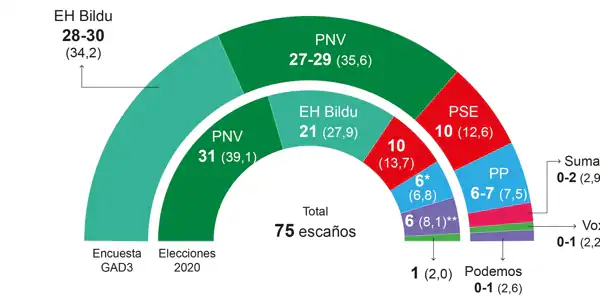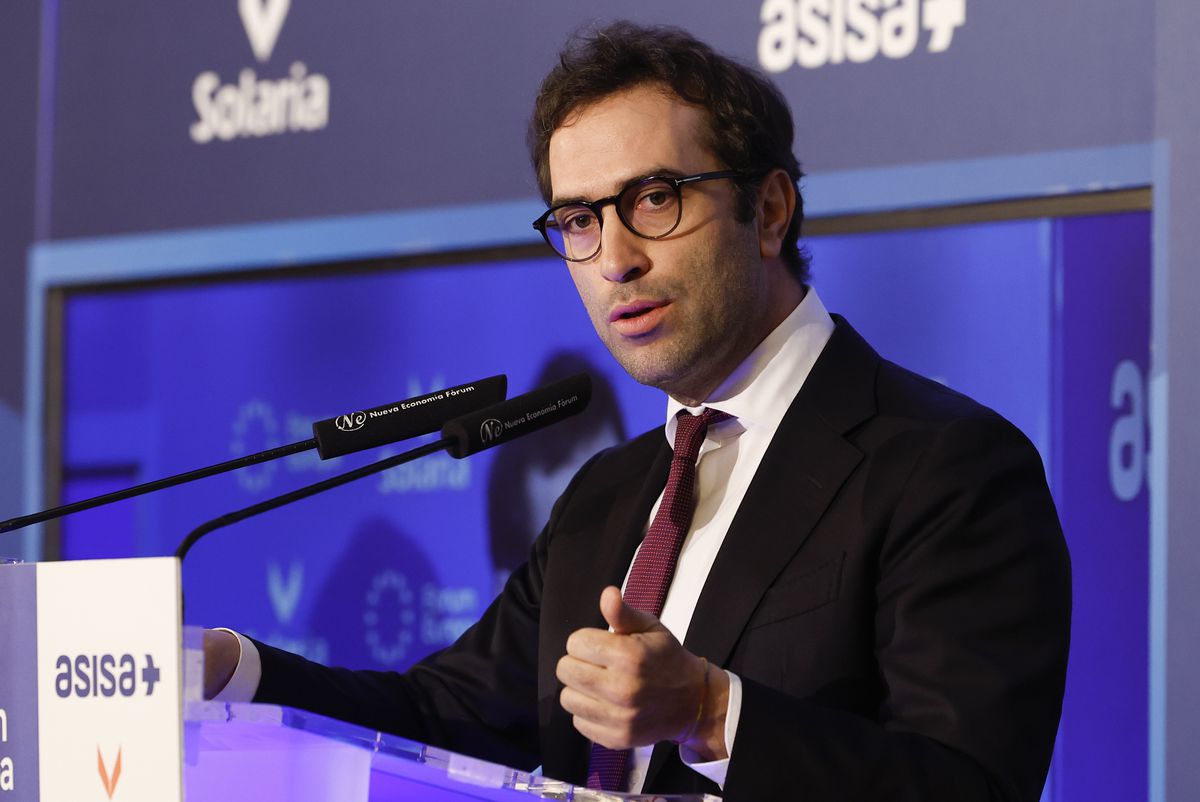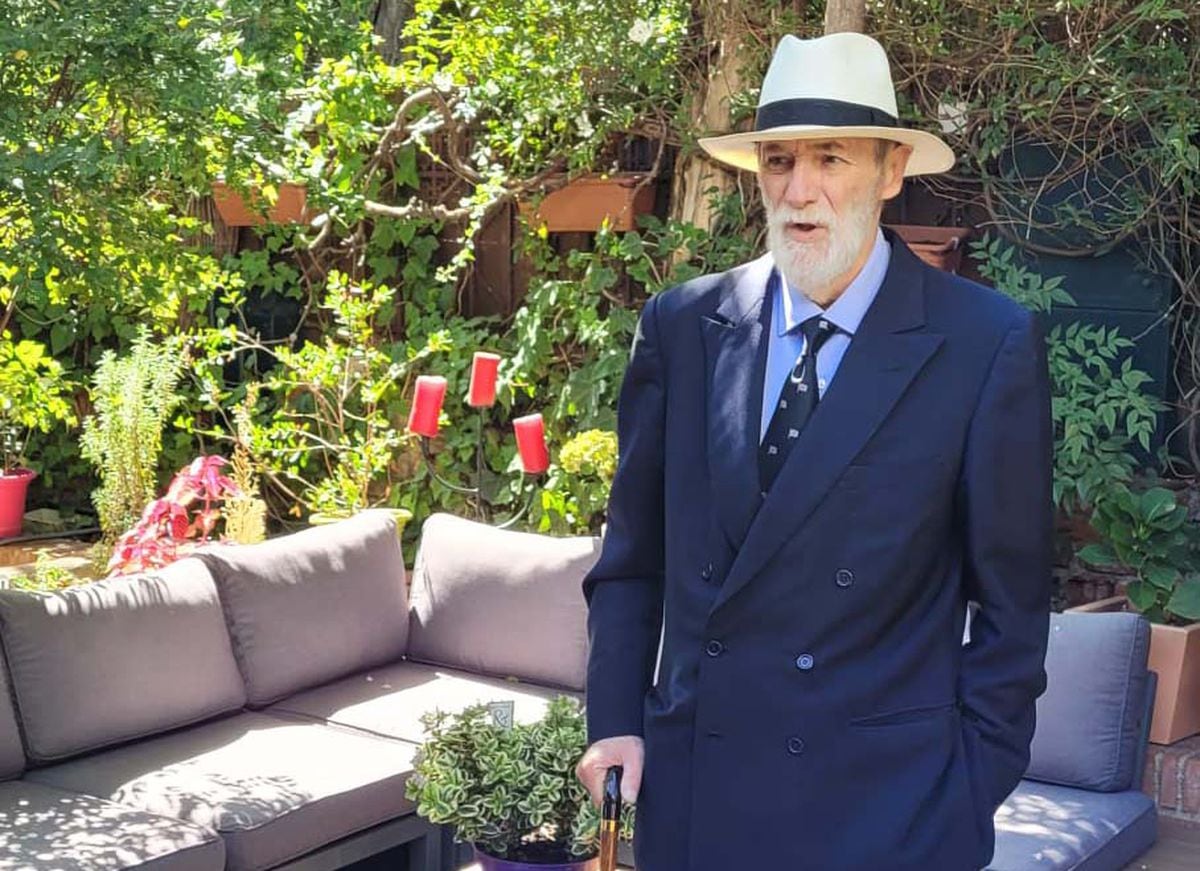In 2018, Anna-Lisa Miller was working with agricultural cooperatives in Hawaii, helping them reinvest in their communities through shared ownership.
Ms. Miller, who had gone to law school and had planned to do civil rights litigation, loved the principle of workers partaking in the financial success of their employers, and the next year joined Project Equity, a nonprofit that helps small businesses transition to worker ownership. But it was slow going, with each transaction requiring customized assistance.
Then she came across an investor presentation from a different universe: KKR, one of the world’s largest private equity firms. In it, a KKR executive, Pete Stavros, discussed a model he had been developing to provide employees with an equity stake in companies it purchased, so the workers would reap some benefits if it was flipped for a profit. When all goes according to plan, KKR doesn’t give up a penny of profit, since newly motivated workers benefit the company’s bottom line, elevating the eventual sale price by more than what KKR gives up.
In 2021, the two met up to talk about the idea. By that time, Mr. Stavros had decided to start an organization to promote his model more broadly, hoping to reach the 12 million people who work for companies that private equity firms own. Ms. Miller saw it as a way to move much faster.
“Me, as Anna-Lisa working at Project Equity — zero ability to influence private equity in any way — I thought, ‘Oh, gosh, maybe this could be a really efficient scale lever,’” Ms. Miller said. “And here’s Pete, not only doing it but wanting to start this nonprofit.”
A few months later, she was the founding executive director of the new group, Ownership Works. The organization now has 25 employees working in a sleek New York office space a couple of blocks from KKR’s soaring headquarters at Hudson Yards. A couple of dozen private equity firms have signed on to give the idea a try.
The model offers the potential to create the kind of wealth for rank-and-file workers that few can build just from saving up their paychecks. But it has drawn fire from people who have been working to build more durable forms of employee ownership — and critics of private equity who argue that employee-ownership programs shouldn’t absolve the sector of its reputation for cutting jobs and wages.
Employee ownership has long been seen as a mechanism that can align workers’ incentives with management. Such plans receded, however, after a regulatory change reduced the accounting advantages of granting stock options to a broad swath of a company’s work force.
The share of workers who own stock in their employer shrank to 17.5 percent in 2022 from 19.6 percent in 2002, according to research by the Institute for the Study of Employee Ownership and Profit Sharing at Rutgers University. The distribution of that ownership is deeply unequal: Out of workers with some equity, stakes owned by women are worth 30 percent of men’s on average, and shares owned by Black workers are worth 2 percent of those owned by white workers.
“Any sincere effort to include all employees in employee-ownership plans moves a very rigid needle,” said Joseph Blasi, the institute’s director. “There’s a very, very bad exclusion of the working middle class.”
In recent years, philanthropists and policymakers have expressed interest in easing the creation of employee stock ownership plans, or ESOPs, which are regulated by the Labor Department and cover about 14 million workers, and worker cooperatives, of which only a few hundred exist. Thousands of small business owners are approaching retirement age and looking for ways to exit their firms, presenting an opportunity: Selling to employees is one way to keep capital rooted locally.
But such transactions can be complex and take longer to complete than a conventional sale, even if workers are able to find a lender with the necessary expertise. The private equity model backed by Ownership Works could rapidly broaden ownership for employees — even if those ownership stakes end when a company is resold, and only those still working there are paid.
Mr. Stavros started experimenting with KKR’s industrial-sector firms around 2011, and he has rolled out employee equity plans at more than 30 portfolio companies. Eight of those companies have been sold, and Mr. Stavros said they earned higher returns than the average across KKR’s portfolio over a similar time frame. They have driven impressive results for employees, resulting in emotional, professionally produced videos of the announcements.
In one particularly successful and well-publicized example, the Illinois-based manufacturer CHI Overhead Doors delivered an average payout of $175,000 to 800 employees when KKR sold it for $3 billion in 2022. KKR and its investors made 10 times their initial investment on the deal, which was its best return since the 1980s.
So, how much are investors giving up? In a Harvard Business School case study on the Ownership Works model, a prospectus lays out a range of outcomes that include investors’ granting nonmanagement employees 4 percent of the equity in the company when they acquire it. (At CHI, 6 percent ultimately went to hourly workers, while salaried employees got another chunk.)
Ms. Miller said that the employee equity share could vary, with the primary goal being that the shares are free to workers who make less than $100,000 annually, do not replace existing wages or benefits, and net out to payments of six months’ to a year’s worth of salary for each worker when the company is sold.
But Ownership Works makes the case that the equity grants essentially pay for themselves through increased employee engagement and reduced turnover — as long as the initiative includes an effort to educate workers about business imperatives and incorporate their ideas for improving operations.
Ownership Works has built a library of materials and convened training sessions for managers on how to do that, and it offers plenty of examples when the approach has worked. It’s still not clear, however, what will happen as adoption grows. At the end of 2023, Ownership Works had confirmed 88 employee-ownership plans, five of which have returned cash to workers through a sale or a dividend.
Private equity firms are notoriously secretive, and Ownership Works is in the early stages of collecting data on what happens after plans are instituted. Ms. Miller declined to provide a full list of the companies taking part, saying only that most were not KKR-owned.
In recent years, private equity firms have struggled to sell or take public the companies they own amid high interest rates, pushing a financial reward further into the future for participating workers and making it difficult to communicate the value of the benefit. Rather than stock traded on exchange, Ownership Works’ plans typically offer a right to an initial dollar value of shares — one form is called phantom equity — that grows or shrinks with the company’s earnings.
At the Venetian, a Las Vegas resort that Apollo purchased in 2022, the company has said the equity will be worth about $10,000 for each of its 7,000 employees. At the publishing house Simon & Schuster, which KKR purchased last year, management plans to set up a website where employees can track the value of their shares.
At Insight Global, a staffing and recruiting firm majority owned by the private equity firms Harvest Partners and Leonard Green Partners, $5,000 in “equity-like” compensation units are awarded when an employee joins and thereafter based on performance. The company’s chief executive, Bert Bean, holds quarterly meetings for his 5,300 eligible employees to explain how the company is doing and what that means for the value of everyone’s units.
“I even walk through ‘OK, so we need our private equity partners to make good on their investment, so we need to grow the company — so the quicker we can get them to a sale process, the quicker we can monetize this,’” Mr. Bean said.
That message doesn’t automatically resonate with employees.
Take Terry Endres, who worked for three years as a sales manager at the Colson Group, a manufacturer of casters and wheels. When Blue Wolf Capital acquired Colson in March 2021, the company announced the equity sharing plan, but Mr. Endres found it difficult to discern how much it would be worth, and when the employees would get their payout. It wasn’t an effective way to motivate the people he supervised, he said, and wasn’t enough to keep him from leaving when another employer offered higher pay.
“It’s very nice, I appreciate it, but for me, just tell me exactly what I can work towards,” Mr. Endres said. “Most people understand it, and when they realized there was no way to track or plan it or anything, it didn’t change anyone’s day-to-day performance.” When he quit last year, his shares were worth nothing. Blue Wolf Capital declined to comment on the record about the ownership program.
Ms. Miller said that the culture shift required time, and that she was encouraged by surveys collected at eight companies showing a modest improvement in the share of employees who say they feel like owners a year after the equity plan is rolled out.
Participating private equity firms say they don’t need perfect data to believe that sharing ownership with employees, beyond being right, yields higher returns.
“That’s always intangible math,” said Scott Baker, a managing partner at Oak Hill Capital who has rolled out an ownership program at several portfolio companies, including an internet service provider called MetroNet that he said was rapidly improving its profitability.
“Is that a direct result of this program? It’s hard to say,” Mr. Baker said. “But it would be difficult to argue that the employee culture, morale and involvement, that that’s not a factor.”
Ownership Works has signed up some of the industry’s biggest firms, including TPG, Silver Lake and Warburg Pincus. It pulled in $21.5 million in its first year of operation from its founding partners and Mr. Stavros himself, and launched with substantial in-kind help from blue-chip consultants like McKinsey and EY. But winning over the industry’s critics is another matter.
Private equity, after all, has historically garnered headlines for quickly increasing profits at target companies by avoiding taxes and trimming jobs, not for investing in worker well-being. Often, private equity executives profit from client fees and debt-funded dividends even when the underlying assets founder.
Jim Baker of the Private Equity Stakeholder Project, a nonprofit that advocates for communities and workers affected by private equity ownership, said employees of private equity-owned companies were more likely to end up in bankruptcy than with an equity payday. He thinks Ownership Works is in part an effort to polish the industry’s image, noting that KKR had talked up the nonprofit on an earnings call, and Mr. Stavros was promoted to global co-head of private equity last year.
“Ownership Works’ public relations value for KKR, in general, and Pete Stavros, in particular, outpaces its value for workers,” Mr. Baker said.
Mr. Stavros has acknowledged that private equity has problems. But he argues that his model offers the working class a rare chance to build wealth alongside investors, even if it doesn’t mitigate inequality.
“I didn’t undertake this work with the belief that this could solve this enormous economic challenge,” Mr. Stavros said. “I did it because I believe strongly that this is a better way to run companies, creates better cultures and leads to better outcomes for everyone involved — the company itself, the community, customers and the employees.”
Some organizations have pushed instead for the creation of social impact funds that facilitate business conversions to forms of employee ownership that are meant to last in perpetuity and provide more worker leverage over decisions like a company’s sale. Fifty by Fifty, a project developed by the nonprofit the Democracy Collaborative, posted a collection of essays titled “Is Private Equity About to Co-Opt Employee Ownership?”
Unlike those in an ESOP, plans like Ownership Works do not come with a fiduciary responsible for representing the workers’ financial interests, which Mr. Stavros said was unnecessary because workers’ interests are aligned with those of management. The equity grants also do not include a board seat or voting rights, and they wouldn’t constitute a powerful bloc of the company’s shares even if they did.
In lieu of legal representation, Ownership Works offers training and how-to guides for incorporating employee input, which it says is necessary to build an “ownership culture” that drives better results in all kinds of companies, not just those in private equity portfolios.
“As long as everybody agrees, it can work fine,” said Julie Menter, program director of the transformative financing structures program at Transform Finance, a think tank that favors shifting power away from investors. “But if there’s a true disagreement, then the employees don’t have formal governance power, which makes a difference.”
To some, concerns about Ownership Works’ model reflect unrealistic expectations. Melissa Hoover is the director of special projects at the Democracy at Work Institute, which supports the formation of worker cooperatives, a model that inherently gives employees more control. She thinks Ownership Works represents a step forward, even if it’s inherently limited.
“You’re not going to get private equity companies investing in worker power; there are other mechanisms for that,” Ms. Hoover said. “Employee ownership is a zebra, and private equity is a horse, and they look similar, and you want it to be the best horse it can be, but it’s never going to be a zebra.”
To Ms. Miller of Ownership Works, no employee-ownership paradigm is perfect. Unlike the others, she argues, her organization offers a low barrier to entry for a class of business people who aren’t in the habit of giving away something for nothing.
“The concept is familiar to private equity firms because they use ownership to motivate each other,” Ms. Miller said. “And private equity can contribute to the business case, which I think is critical to this work scaling.”
Maureen Farrell contributed reporting.

/cloudfront-eu-central-1.images.arcpublishing.com/prisa/MOXXTLJT2Z6VEUX4YEOA3F4B2A.jpg)

/cloudfront-eu-central-1.images.arcpublishing.com/prisa/LFO6NYKDYNGQJMNQRNDG6YRK7Q.jpg)




/cloudfront-eu-central-1.images.arcpublishing.com/prisa/HSXZI4AJGBD2FFZFEJXUBNVLB4.jpg)
/cloudfront-eu-central-1.images.arcpublishing.com/prisa/VBVLA4RLPJBHZEVSYQCSXI5CX4.jpg)